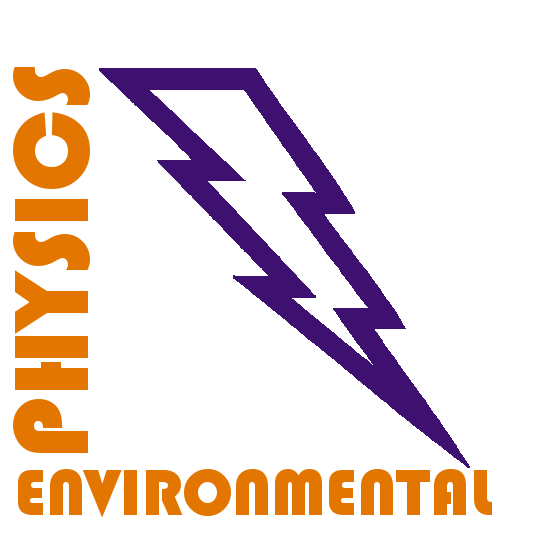Tuning plasma-activated water composition generated by transient spark with electrospray
Janda M., Pareek P., Tóth P., Machala Z.
3rd Workshop on Plasma Applications for Smart and Sustainable Agriculture, Gozd Martuljek, Slovenia, May 14-16, p. 4 (2023)
download
|
|
Abstrakt: Transient spark (TS) is a DC-driven self-pulsing discharge generating highly reactive atmospheric pressure plasmas. The advantage of TS is its capability of simultaneous generation of the plasma and the formation of microdroplets by the electrospray (ES) of water directly
inside the discharge zone. The TS discharge can thus efficiently generate plasma-activated water (PAW) with high concentration of H2O2(aq), NO2−(aq) and NO3−(aq), because water
microdroplets significantly increase the plasma-liquid interaction interface.
We studied TS in humid air or O2 feed gas, with and without water ES. We used two
experimental setups: a one-stage system where TS and ES can be generated simultaneously and
a two-stage system, where the gas was first treated by TS, then sprayed by water ES in the
second stage.
In humid air, TS generates high concentrations of NO, HNO2 and NO2, that increased
approximately linearly with increasing input energy density (Ed) and reached 1200, 100 and
180 ppm, at Ed = 400 J/L, respectively. In humid O2, TS generates mainly O3 (~40 ppm), with
small amount of H2O2 (~2 ppm) in the gas phase. Thus, TS does not produce significant amount
of H2O2(g) neither in humid air, nor in humid O2. This can explain low concentration of
H2O2(aq) in PAW from the two-stage system (<0.1 mM). High concentration of H2O2(aq) was
measured only in PAW generated with O2 feed gas in the one-stage system (1.2–1.7 mM). Our
results indicate that the direct contact of discharge with liquid water is crucial and solvation of
short living species, such as OH radicals, probably plays crucial roles in the generation of
H2O2(aq) in PAW. In addition, we proved that gaseous HNO2, rather than NO or NO2, plays a
major role in the formation of NO2−(aq) in PAW.
|

